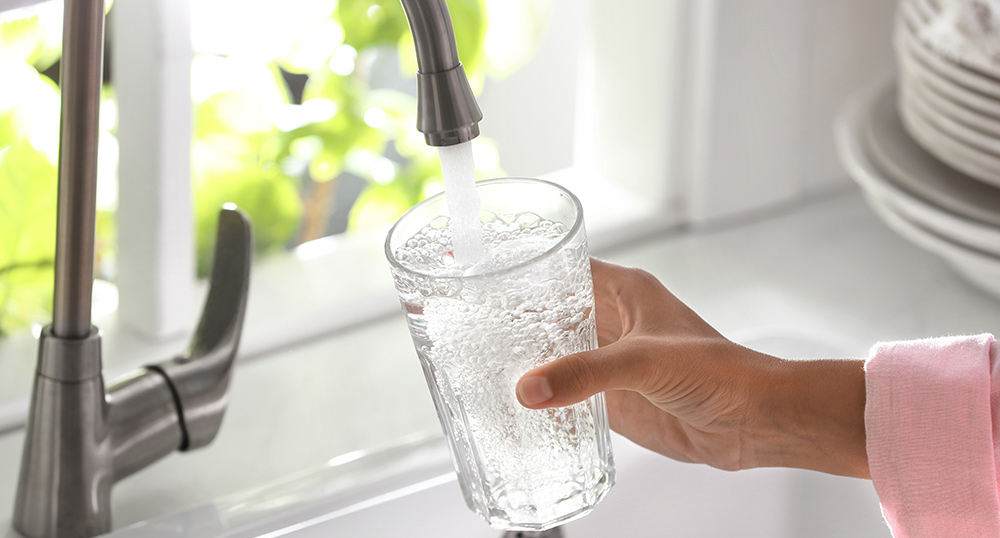
By J.R. Reavis
Guest columnist
The process of turning ground and surface water into safe water can be a complex process. By the time water reaches a tap, many factors can influence the water’s color, taste or smell.
Those changes typically are harmless and do not cause health-related issues.
Where water is sourced is a factor that can impact color, taste and smell, but other factors such as plumbing and home treatment devices can also impact water quality. For these reasons, the water industry recognizes August as National Water Quality Month to encourage ways to ensure safe and clean drinking water.
Water source
Water providers monitor for hundreds of man-made and naturally occurring contaminants such as arsenic, radon and agricultural contaminants (pesticides and herbicides). You can learn about the source of your drinking water by reading your water system’s annual drinking water quality report, which will provide information on minerals or compounds in your water. Most water systems are required to provide this report to customers and post them by July 1 each year.
If you have groundwater, you may have hard water as a result of naturally occurring minerals, such as magnesium, calcium and iron. Hard water can cause spots on dishes, film on hands after washing them with soap, or a gradual decline in water pressure as it builds up in your pipes over months or years. Minerals such as manganese and iron can cause tinted yellow or orange water and can stain clothing and fixtures.
Customers who receive treated surface water generally don’t have as many issues associated with the mineral content of the water but may have issues with taste and odor compounds commonly found in surface water. In general, taste and odor issues are short lived and typically occur in the spring and late fall.
Plumbing
Water utilities monitor for lead and copper in drinking water, and if detected in the supply, immediate action is taken to correct the issue. However, water utilities are not responsible for a homeowner’s plumbing inside or outside your home.
Black iron or galvanized pipe may react with chlorine used to disinfect drinking water and cause discoloration. If tap water is discolored every morning and clears after a few minutes, the discoloration is at one faucet, or the discoloration is in your hot water.
Periodically flushing the hot water heater can resolve discoloration. Most hot water lines going into a washing machine have a wire strainer, which is designed to catch sediment. Cleaning the wire strainer to a washing machine’s hot water line once or twice a year can help prevent clothes from staining.
Home treatment devices
All home treatment devices, regardless of the technologies they use, require regular maintenance. Water quality problems may result if maintenance is not performed correctly.
If you’re like most Texans and have hard water, you may have invested in a water softener system. These appliances replace calcium and magnesium with sodium and potassium, which can cause the water to taste salty. Most people who install these systems either wait too long before installing or don’t need them in the first place. Many also abandon the system after a year or two of use. Water softeners must be maintained properly by changing out the filter or cartridge where bacteria can grow. Maintaining a typical water softener system also requires replacing salt, and how often salt is replaced depends on usage.
Home filtration systems that utilize carbon cartridges remove the disinfectant from the water, however this can promote bacteria growth in the home’s plumbing. The best place for a filter is in the refrigerator or at the tap, and it needs to be changed on a frequent basis. Water pitcher filters also work well to address taste and odor issues.
If you notice a sudden change in the quality of your water, check your home treatment device and check with your water utility provider on the status of your water system. A disruption in service can impact water quality, and a boil water notice may be issued. If there is no disruption in service, let the water run for a few minutes to see if the water’s appearance changes.
Always check with your water utility provider if you have any questions.
J.R. Reavis is director of Water Technology with Texas Water Utilities.
You are a guest
or post as a guest
Be the first to comment.

